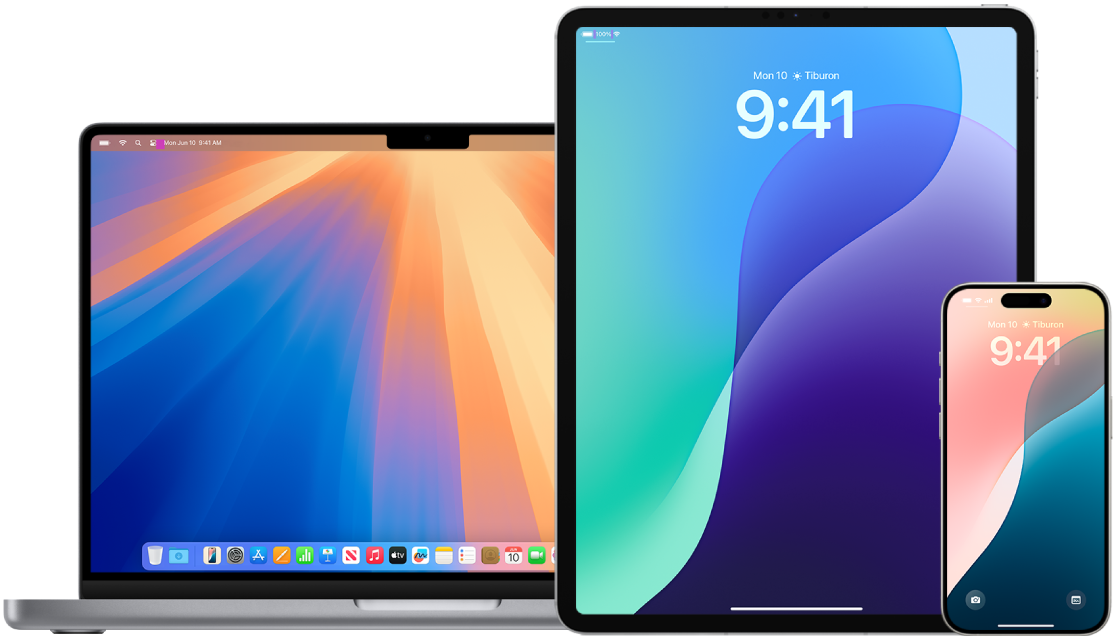
Manage Calendar sharing settings on Apple devices
If you previously invited a person to share your calendar, you can manage their ability to edit the calendar or you can stop sharing the calendar with that person.
![]() IMPORTANT: When you delete or stop sharing a calendar, other participants may be notified about the changes.
IMPORTANT: When you delete or stop sharing a calendar, other participants may be notified about the changes.

Find out how: To view a task below, select the plus button ![]() next to its title.
next to its title.
Manage calendar sharing settings on iPhone or iPad
Tap Calendar
 on your iPhone or iPad, then tap
on your iPhone or iPad, then tap  next to the shared calendar you want to edit.
next to the shared calendar you want to edit.Tap a person, then do any of the following:
Turn Allow Editing on or off.
Tap Stop Sharing.
Delete a calendar on Mac
Some calendars can’t be deleted.
You can’t delete delegated calendars, but you can stop showing them in the main Calendar window. See Unpublish a calendar on Mac.
If you can’t delete a calendar for a particular calendar account, try deleting the calendar on the account provider’s website. For example, to delete a Google calendar, go to google.com.
If a calendar account has only one calendar (not counting other people’s calendars you’re sharing), you can’t delete that last calendar.
Open the Calendar app
 on your Mac, click the calendar’s name in the calendar list.
on your Mac, click the calendar’s name in the calendar list.If you don’t see the calendar list on the left, choose View > Show Calendar List.
Choose Edit > Delete.
To learn more, see:
Add or delete calendars on Mac in the Calendar User Guide
Unsubscribe from a calendar on Mac
If you want to stop subscribing to someone else’s calendar, you can unsubscribe from it.
Open the Calendar app
 on your Mac, control-click the calendar in the calendar list, then choose Unsubscribe.
on your Mac, control-click the calendar in the calendar list, then choose Unsubscribe.If you don’t see the calendar list on the left, choose View > Show Calendar List.
Note: When unsubscribing from a calendar, you can also report it as junk. Reporting junk helps Calendar better identify junk subscriptions.
To learn more, see:
Subscribe to calendars on Mac in the Calendar User Guide
Unpublish a calendar on Mac
If your calendar list has an On My Mac section, you can publish a calendar in that section on a WebDAV server you have access to. Other people can subscribe to your published calendar or view it in a web browser. At any time, you can stop publishing a calendar without deleting it from your Mac.
Note: Unpublished calendars aren’t deleted from your Mac.
Open the Calendar app
 on your Mac, then click the name of the calendar or calendar group in the calendar list.
on your Mac, then click the name of the calendar or calendar group in the calendar list.If you don’t see the calendar list on the left, choose View > Show Calendar List. A published calendar has
 next to its name.
next to its name.Choose Edit > Stop Publishing.
After you unpublish a calendar, new users aren’t able to subscribe to it. Users who are already subscribed to it see the last published copy until they delete it.
To learn more, see:
Publish or unpublish calendars on Mac in the Calendar User Guide
Stop sharing an iCloud calendar on Mac
If you set up iCloud on your Mac, you can use Calendar to manage your shared iCloud calendars. If you share an iCloud calendar or join someone else’s shared iCloud calendar, you may receive email whenever the shared calendar is updated. You can stop receiving these emails by changing a setting in Calendar settings on iCloud.com.
If you receive an invitation to join an iCloud shared calendar, you can accept the invitation on your iPhone, iPad or Mac that’s signed in to the same Apple Account, or on iCloud Calendar or iCloud.com.
Open the Calendar app
 on your Mac.
on your Mac.If you don’t see the calendar list on the left, choose View > Show Calendar List.
Do any of the following:
Stop sharing your calendar with specific people: Place the pointer over the calendar’s name in the calendar list, then click
 . Click a person’s name, then press Delete.
. Click a person’s name, then press Delete.Stop sharing your calendar with everyone: Control-click the calendar in the calendar list, then choose Stop Sharing.
Stop subscribing to someone else’s calendar: Control-click the calendar in the calendar list, then choose Unsubscribe.
When unsubscribing from a calendar, you can also report it as junk. Reporting junk helps Calendar better identify junk subscriptions.
To learn more, see:
Receive updates to calendars on iCloud.com in the Calendar User Guide